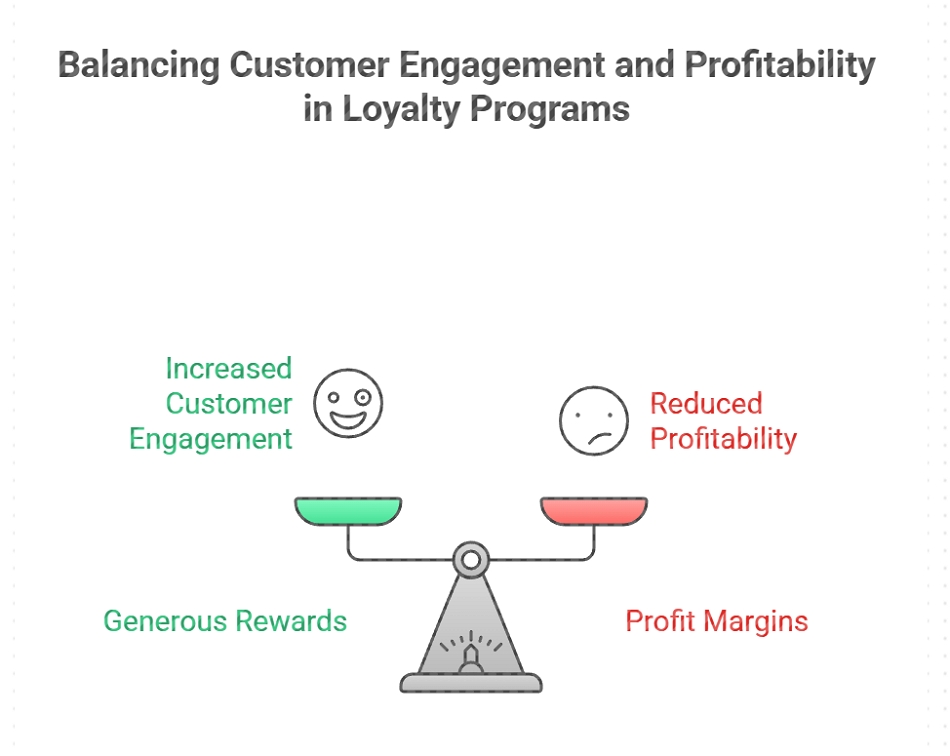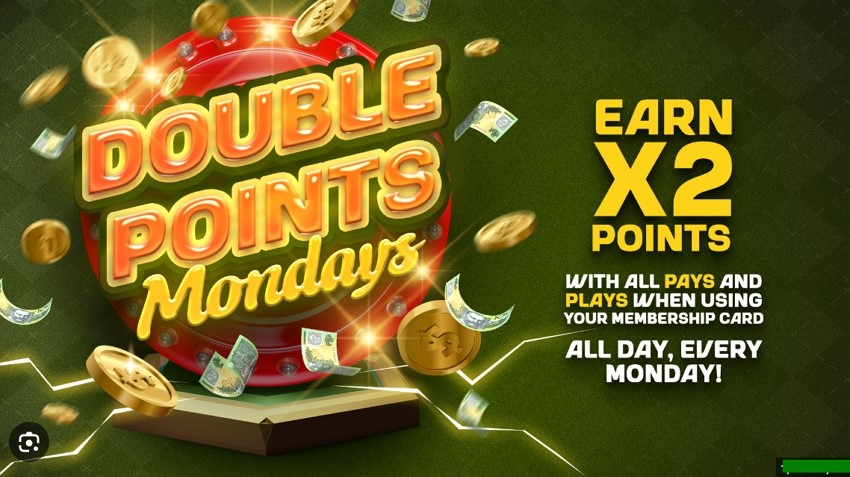
How much to offer on your loyalty program points is a big decision. Understanding whether your point structure remains competitive whilst maximising customer engagement through strategic promotions directly impacts your program's profitability. In 2025, retailers must carefully design loyalty programs to maintain customer retention and growth, as we can see, brand loyalty is declining. While loyalty programs offer benefits like increased revenue and customer lifetime value, overly generous rewards will impact profit margins. The reality is that a loyalty program costs about 1% of turnover to operate. So, most of my clients offer too much to make it profitable.
Most successful Australian loyalty programs use a point value between 0.3 and 0.7 cents per point. It positions a business within a competitive framework that balances customer satisfaction with sustainable profit margins. Here are some I found doing a net search:
House VIP Rewards maintains a straightforward one-point-per-dollar-spent structure. Members must accumulate 500 points within 12 months to unlock a $20 reward, which translates to a 4% return rate once the threshold is reached.
Woolworths Everyday Rewards provides at least one point per dollar spent across their network, including BIG W, BWS, Ampol, Origin, and Marley Spoon. Members can redeem 2,000 points for a $10 off qualifying purchases, establishing a 0.5 cent per point value.
VIP point work as studies show that perceived value often matters more than the actual value. Thirty thousand flyby points sound more than $150, and this half-cent per point value observed in programs like Flybys is the benchmark.
Customers perceive points as valuable currency when earned through regular purchases. This perception has been found to drive repeat visits as customers return, increasing visit frequency and lifetime value.
Delayed Gratification Benefits
Unlike immediate discounts, points encourage future visits and sustained engagement. Yet not all customers redeem their accumulated points, creating breakage, which are unredeemed points. You can consider these a failure, as what you have does not interest your potential customers or a bonus profit. What does work here often is an email to say that your customer has XXX VIP points that will expire on such a date.
Strategic Implementation of Double Points Promotions

Double-point sales are one of the most effective tools in a loyalty program's arsenal. These promotions create immediate perceived value while maintaining control over your reward structure and profit margins, as they instantly make exceptional value sense for customers. Please promote during slower business periods to boost sales when needed; they are great for flash sales, too. Many successful retailers utilise such campaigns during post-holiday periods and slow periods.
Urgency
Time-limiting the points generates urgency without permanently devaluing your regular offerings. I strongly recommend using your POS software on such a day, say, the EOF year, when all points get zeroed.
Targeted Customer
Rather than offering double points universally, consider targeting specific customer segments, e.g. customers who haven't visited within 60 days.
Also, you can try specific products or categories.
Performance Measurement KPIs
Always track your VIP sales to see how they went. I like to look at participation numbers, average transaction value and new member acquisition.
Strategic Business Outcomes
With a half-cent point value, you're positioning your business competitively within the Australian market.
These work better:
Substantial welcome bonuses: 1000 points to join your VIP club sounds better than $5
A VIP program with a double point sale offering 0.5 cent per VIP point compared to a 1-cent VIP point.
Written by:

Bernard Zimmermann is the founding director at POS Solutions, a leading point-of-sale system company with 45 years of industry experience. He consults to various organisations, from small businesses to large retailers and government institutions. Bernard is passionate about helping companies optimise their operations through innovative POS technology and enabling seamless customer experiences through effective software solutions.



